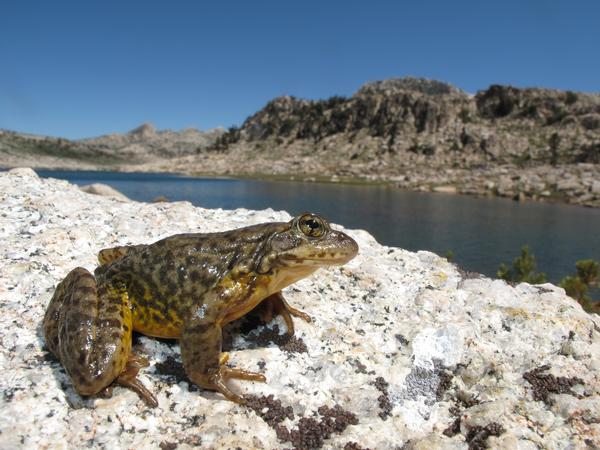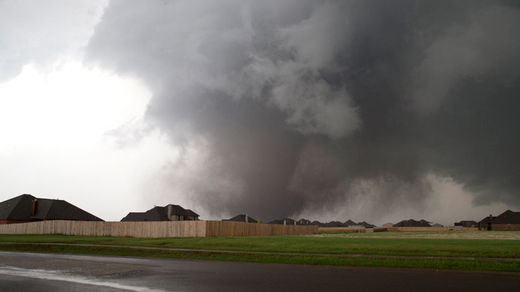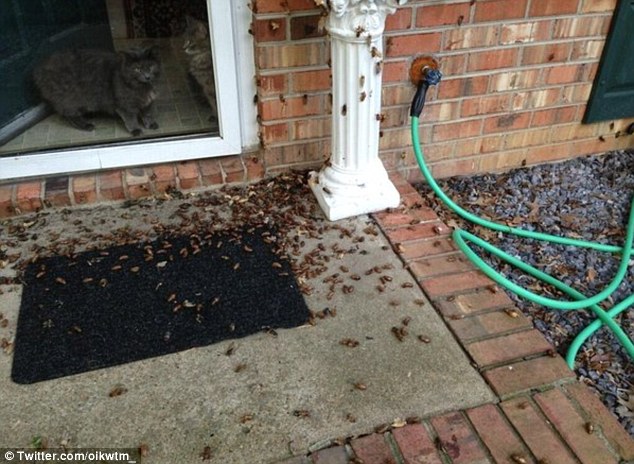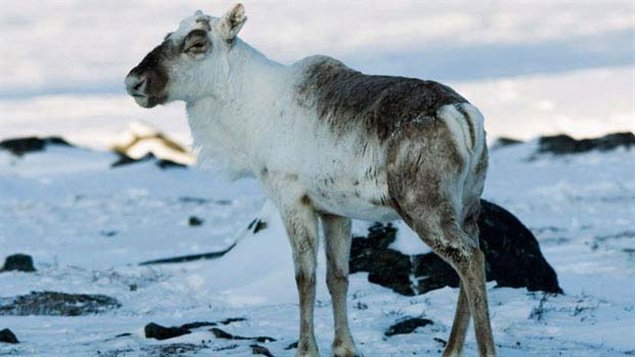
© USGSA Sierra Nevada yellow-legged frog (Rana scans the landscape in Yosemite National Park.
Frogs, toads and other amphibians are vanishing so fast nationwide that if the decline continues at the same rate, they'll be gone from half their current habitats in 20 years, a federal study has found.
U.S. Geological Survey officials on Wednesday unveiled the study, done over a decade, on 48 species at 34 sites from California to Colorado high-country to Florida swamps.
Federal scientists found that the declines are more widespread and severe than previously thought and that amphibian populations are disappearing at an overall rate of 3.7 percent each year.
Even species inside federally-protected areas, including Rocky Mountain National Park, are disappearing.
"Even in what we consider pristine areas, we are seeing amphibian decline," said Fort Collins-based USGS biologist Erin Muths, who helped conduct the study. "If anything is doing poorly in an area we think is protected, that says something about our level of protection and about what may be happening outside those areas."
Boreal toads, chorus frogs, wood frogs and salamanders were among the amphibians studied in Colorado.


